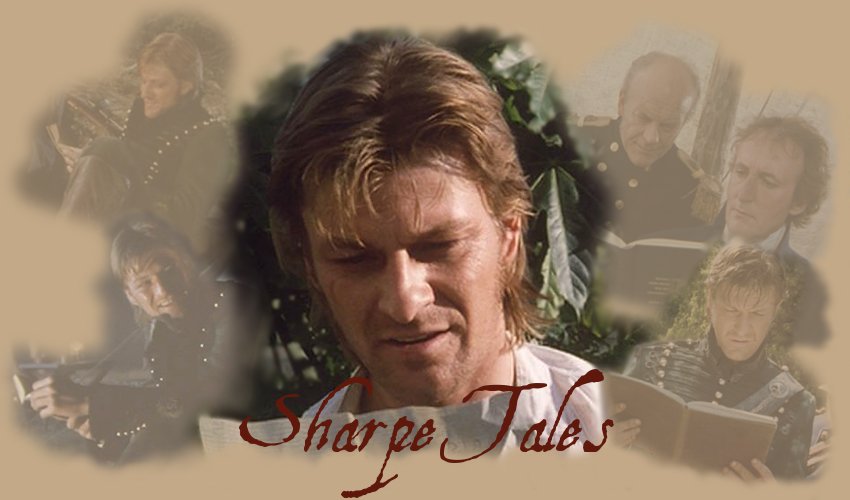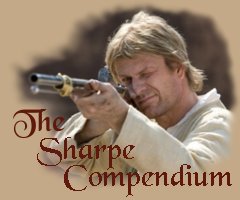|
Warning: Mature Adults only |
Historical Note
At the end 1795, Britain was almost alone against Revolutionary France. The Duke of York’s units that had joined the First Coalition armies at the Netherlands had returned to England.
The government wanted to protect its possessions in the West Indies, East Indies and Cape Town. Regiments that were sent earlier to the West Indies had rapidly died of diseases. A force, that included Arthur Wesley’s 33rd Regiment, was intended for the Caribbean to replenish the survivors. Due to bad weather they were stuck on ships for seven weeks and returned to England.
In early 1796, the force was redirected to India. After three months, the troops destined for India were landed from the transports in Simon's Bay. They debarked in Cape Town to support the garrison because the Dutch had sent a fleet to retake the Cape Colony.
The British commander of Cape Town, Major General Craig, assembled a force from the garrison and the India troops to take to Saldanha Bay to repulse the Dutch force that had arrived there. After nine days the infantry, cavalry and 11 field guns arrived to find the Dutch fleet anchored in the harbor.
The Dutch Admiral Lucas had anchored in Saldanha Bay on the 6th of August. He believed that the Dutch colonists would at once rise and assist him. On the 7th, General Craig, ordered all persons living within thirty miles of Saldanha Bay to be punished with immediate death if they helped Lucas’ force. Lucas received provisions and water, but the few colonists refused to join the republican cause.
After at least thirty of Lucas’ men deserted in one night, ships’ captains stopped sending parties to shore unless they were escorted. Lucas decided that he would be ready to set sail for Mauritius on the 16th. It was then too late.
Craig’s march is the first march of British troops of any significant distance in South Africa. Through barren land they marched 90 miles during which they saw only 5 houses. The few locals that they did meet helped them to secure wagons, cattle, horses and saddles. The quartermasters paid for horses for cavalry and cattle. However, supply wagons were taken without paying. The soldiers had little water or other comforts but did enjoy plenty of meat.
General Craig and Admiral Elphinstone trapped the Dutch. All the navy and army forces shared in the prize money that was awarded for the ships, stores and headcount of the Dutch. But, because the prize court took many months to determine the prize, not all those that earned prizes received them.
Arthur Wesley had sailed after his regiment, therefore he missed the action against the Dutch. He met them later in Cape Town. By November, Craig determined that he could release the force for India. Arthur Wesley and Richard Sharpe will next march in India.

